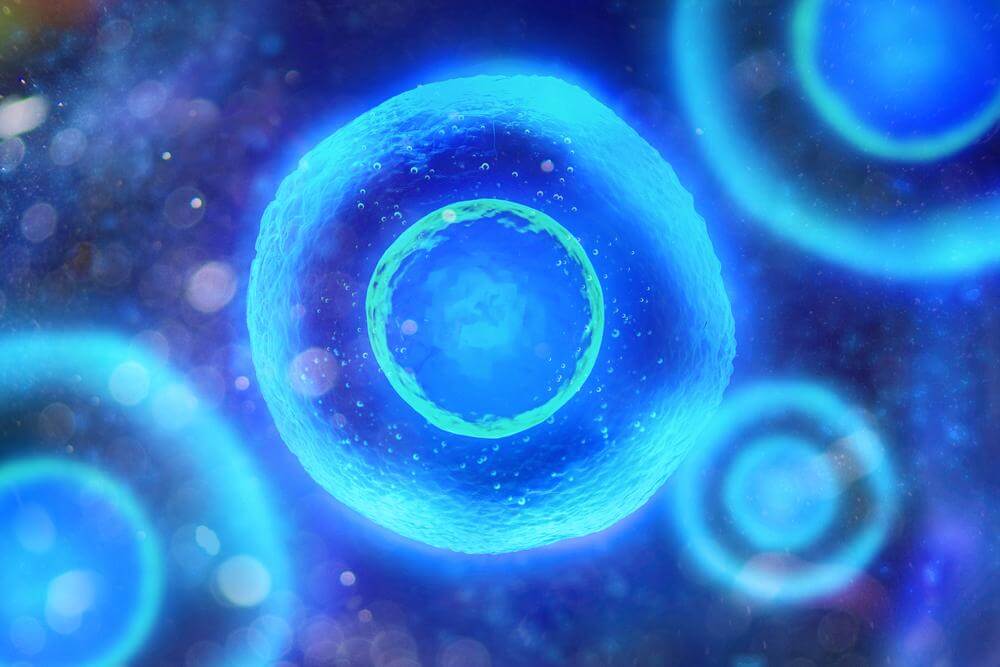How Long Do You Have To Fast Before You Reach Autophagy

Autophagy is considered the golden ticket to aging well and living longer better. It is a natural process that naturally occurs when the body does not receive food and enters a cycle considered nutrient starvation, during which cells proceed to break down proteins and other cell components and use them for energy, destroy bacteria, and repair damaged cellular structures. Fasting is a common way to trigger autophagy, and millions of people across many cultures look to fasting every day as a pathway to trigger autophagy in hopes of healing, renewal, and a positive boost for healthy aging.[1]
Japanese cell biologist Yoshinori Ohsumi won the Nobel Prize in Medicine in 2016 for his research on how cells recycle and renew their content, a process called autophagy. According to Japanese cell biologist Yoshinori Ohsumi, fasting activates autophagy, and can positively impact cell renewal and slow down the aging process. [2] Ohsumi was awarded the Nobel Prize in Medicine in 2016 for his research and triggered interest in ongoing research in autophagy across the globe.[2]
In order to trigger autophagy, research suggests that a fast between 12+-24+ hours could trigger autophagy and that sporadic short term fasting was sufficient to reduce inflammation, improve sugar control, support weight loss, and did not negatively impact brain function. This window, however, may vary by individual. Typically, experts recommend that one begins with a 12 hour fast and build up to 16 or 18 hours and then 24 hours before considering a more extended prolonged period of fasting.
Fasting is not easy for everyone; restricting food for 12+-24+ hours seems to be a struggle for most people in the modern world. For those who struggle with fasting or who are seeking a longer fast, they can seek a medical or therapeutic fast, which is a guided experience or consider a supported fast with food such as the Fasting Mimicking Diet as researched and designed by Dr. Valter Longo. [3]
Read More:
[1] Autophagy: process and function
http://genesdev.cshlp.org/content/21/22/2861.full.html
[2] Yoshinori Ohsumi
https://www.nobelprize.org/prizes/medicine/2016/ohsumi/facts/
[3] Dr. Valter Longo
https://www.valterlongo.com





